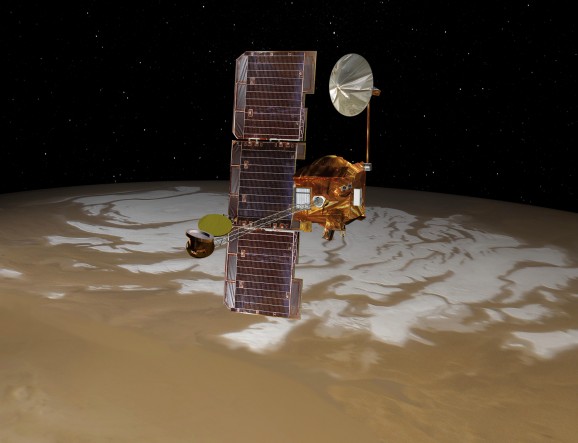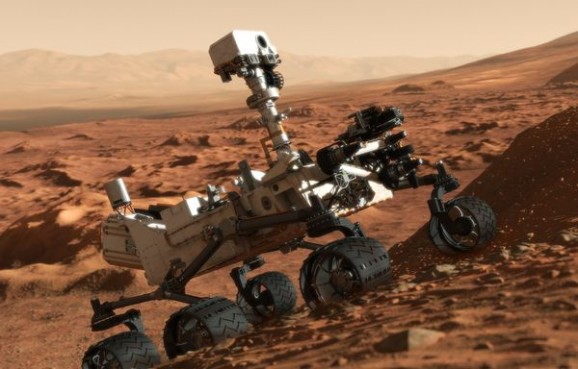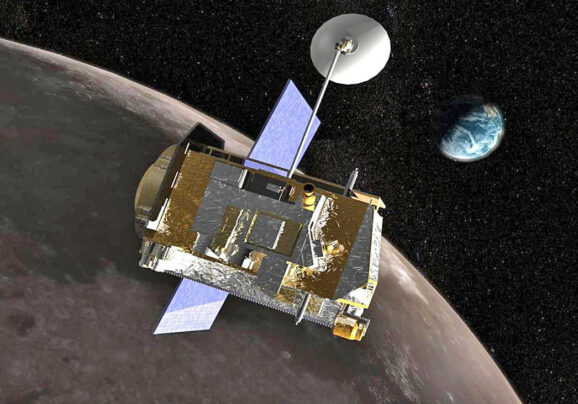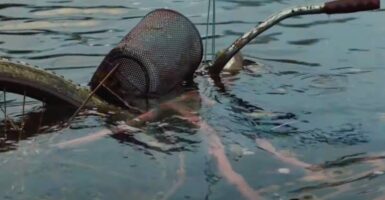NASA Renews Seven Planetary Missions
This article is more than 2 years old

The space agency just finished the 2014 senior review of its currently operating planetary science missions and decided not to cancel any of them. Color me surprised—and delighted. Still, NASA’s Planetary Science Division Director Jim Green did say that some of the missions will have to operate “leaner and meaner” as they deal with some cutbacks. A report of their findings will be released sometime this week.
Here are the seven missions that were reviewed and continued:
1. The Cassini Saturn orbiter, which has been blowing people’s minds with its incredible images of Saturn and its moons for the past decade. Cassini has spent the past few months (and will spend the next few months) flying by and gathering images and data from Titan.

3. The Opportunity Rover, which has spent a decade on the red planet and is still roving all over the place and moving rocks around for fun.
4. The Mars Odyssey, which has been orbiting the Red Planet since 2001 on a mission to look for water, ice, and to study the planet’s radiation, which is particularly important given that we’re talking about sending people there.
5. The Mars Reconnaissance Orbiter, which has spent the past 8 years looking for evidence of water on the Martian surface.

7. The Analyzer of Space Plasma and Energetic Atoms-3 (ASPERA), which is part of the ESA and the Italian Space Agency’s project called Mars Express. The project seeks to gain all kinds of information about our neighbor, including its geology, atmosphere, and the presence of water. NASA helped develop the Mars Advanced Radar for Subsurface and Ionospheric Sounding (MARSIS) instrument, as well as the ASPERA instrument that gathers data on the atmosphere and solar winds in an attempt to figure out where all of the water that once used to be on Mars went.
As you can see, most of these projects involve studying Mars, particularly when it comes to its suitability to maintain human life. While many think NASA doesn’t have the funding to put humans on Mars, it seems that it’s at least spending some money to do some important research about the planet, which might seem like a small step, but could someday help facilitate another giant leap for mankind.












